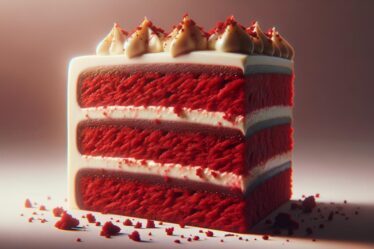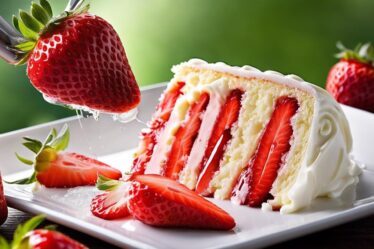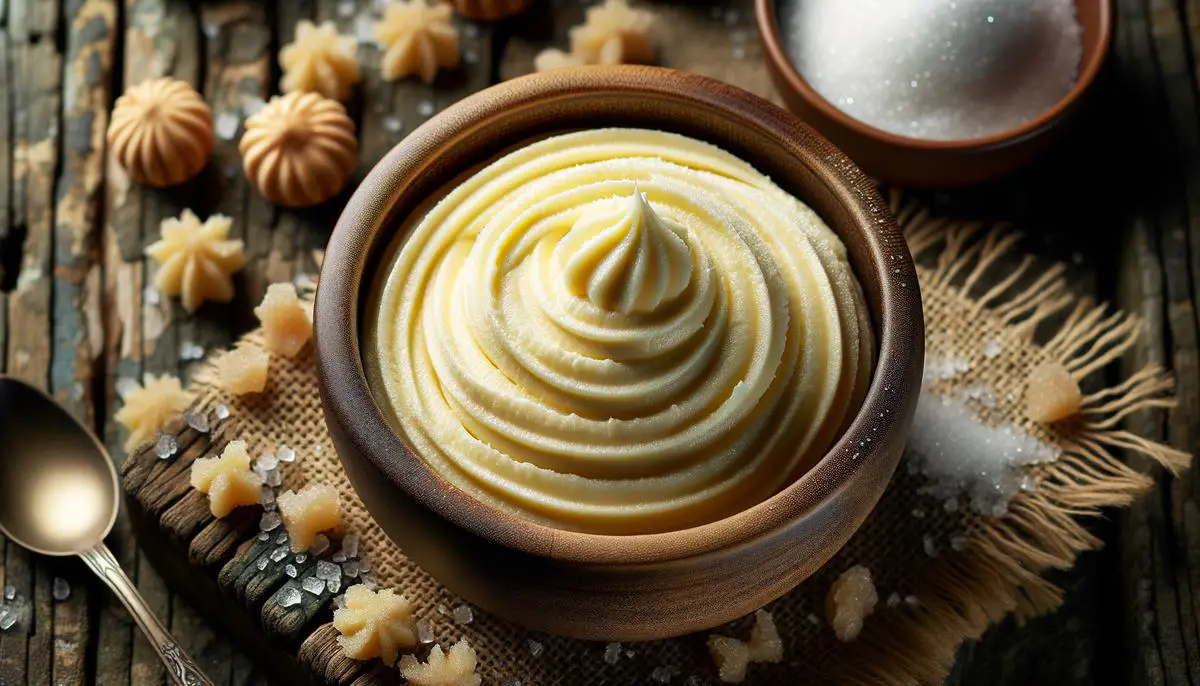
Have you ever wondered why some cakes and cookies taste magically delicious while others seem just okay? Well, let me spill the beans—it often comes down to the butter! Understanding the whimsical world of butter types can feel like deciphering a secret baking code. But fear not, because we’re about to embark on an enlightening journey that will unveil the mysteries behind salted and unsalted butter and their roles in concocting the smooth, sweet buttercream of your dreams. Then, we’ll take a deep dive into the artistry of blending butter and sugar together perfectly. This isn’t just about mixing stuff; it’s about creating a fluffy base that’ll lift your buttercream (and your spirits) to new heights. And don’t worry, we’ll also tackle the adventurous task of incorporating flavors and colors that’ll make your buttercream as unique as a unicorn at a horse parade. So, grab your apron and a spatula, and let’s get swirling!
Understanding Butter Types
Unsalted Butter in Buttercream: The Baker’s Choice!
Ever wonder why your favorite baking gurus always reach for unsalted butter when whipping up some heavenly buttercream? Trust me; it’s not by chance! Dive into this baker’s secret, and you might just elevate your frosting game from “mm, nice” to “oh wow, what’s IN this?”
First off, let’s chat about control – not the remote kind, but the flavor kind. Unsalted butter is like a blank canvas; it lets you be the boss of how much salt dances in your buttercream. You might not consider salt a big deal, but oh, it is! Too much, and your supposed sweet treat pulls a fast one, leaning more into the savory zone. Too little, and it’s like listening to music without the bass – sure, it’s music, but the depth? Missing! Dash in that salt yourself, and you’ve got flavor harmony.
Now, onto the freshness factor. Get this, unsalted butter usually struts off the dairy aisle quicker because bakers and cooks grab it like the last piece of cake. Its fast turnover means it’s often fresher—think creamy, melt-in-your-mouth texture that’ll make your buttercream as smooth as a jazz tune.
And hey, speaking of consistency, unsalted butter tends to have a more predictable water content. Why should you care? Because baking is both an art and a science, friends. Too much water and your buttercream could become a weepy mess – not the tear-jerker story we want. With unsalted, you’re likely to whip up consistency so perfect, it deserves a standing ovation.
So, next time you’re lined up at the grocery store, arm reaching for the butter, pause, steer clear of the salted section, and grab the unsalted one. Your buttercream – scratch that, your whole dessert – will sing a tune of delicious proportions you and your taste-testers won’t forget.
Happy baking – and remember, in the battle of salted vs. unsalted butter for the crown of buttercream, unsalted wears it best. Whip it good, and enjoy the sweet, sweet victory!
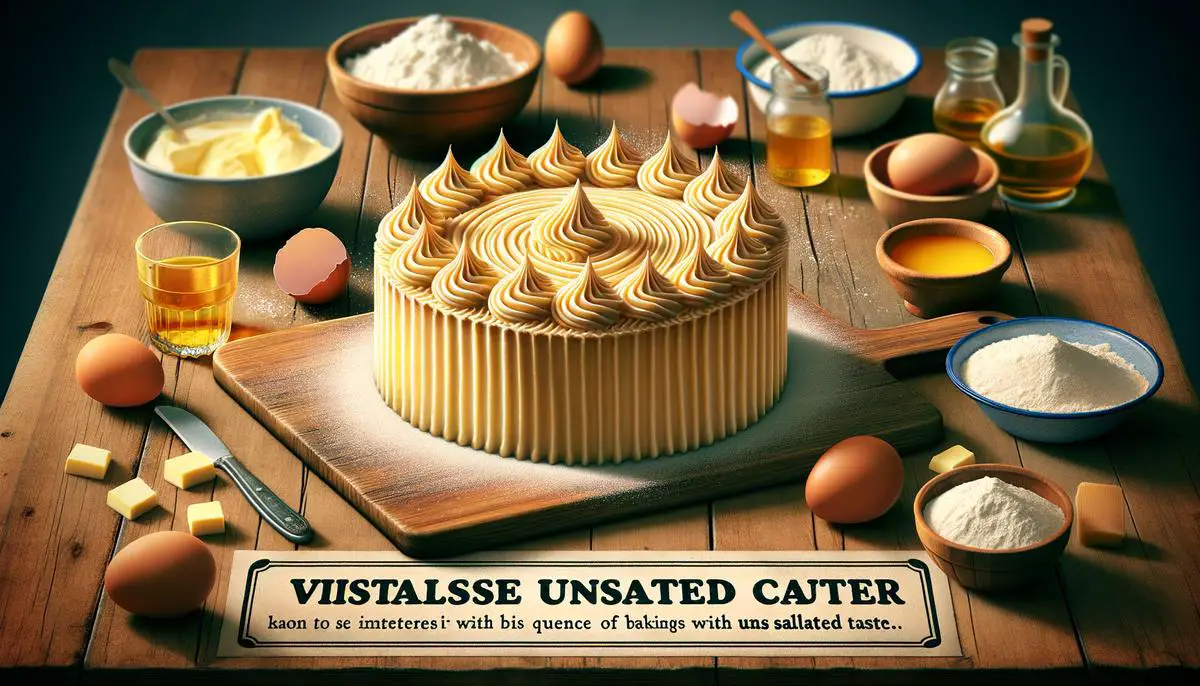
Mastering the Butter and Sugar Blend
Achieving that perfect fluffy and sweet foundation for your desserts is like hitting the jackpot in baking—it can take your creations from good to absolutely sublime. Now, having talked all about the wonders of unsalted butter, let’s dive into another secret ingredient that might just be the unsung hero of that dreamy texture: powdered sugar.
When it comes to powdered sugar, it’s more than just sweetness—it’s about structure. Powdered sugar, with its fine, almost cloud-like texture, blends seamlessly into your mix, avoiding that dreaded grittiness nobody wants to encounter in a bite of buttercream.
But, how do you harness the magic of powdered sugar? Let’s break it down:
For that perfect mix
Ingredients
Method
And there you have it—the secret to creating that perfect fluffy and sweet foundation for your baked goods. Remember, baking is as much about the process as it is about the ingredients. So take your time, experiment with the proportions, and most importantly, have fun with it. The beauty of baking is in the creativity and joy it brings, both in the making and the sharing. Whip up that delectable foundation and watch your baking creations soar to new heights!
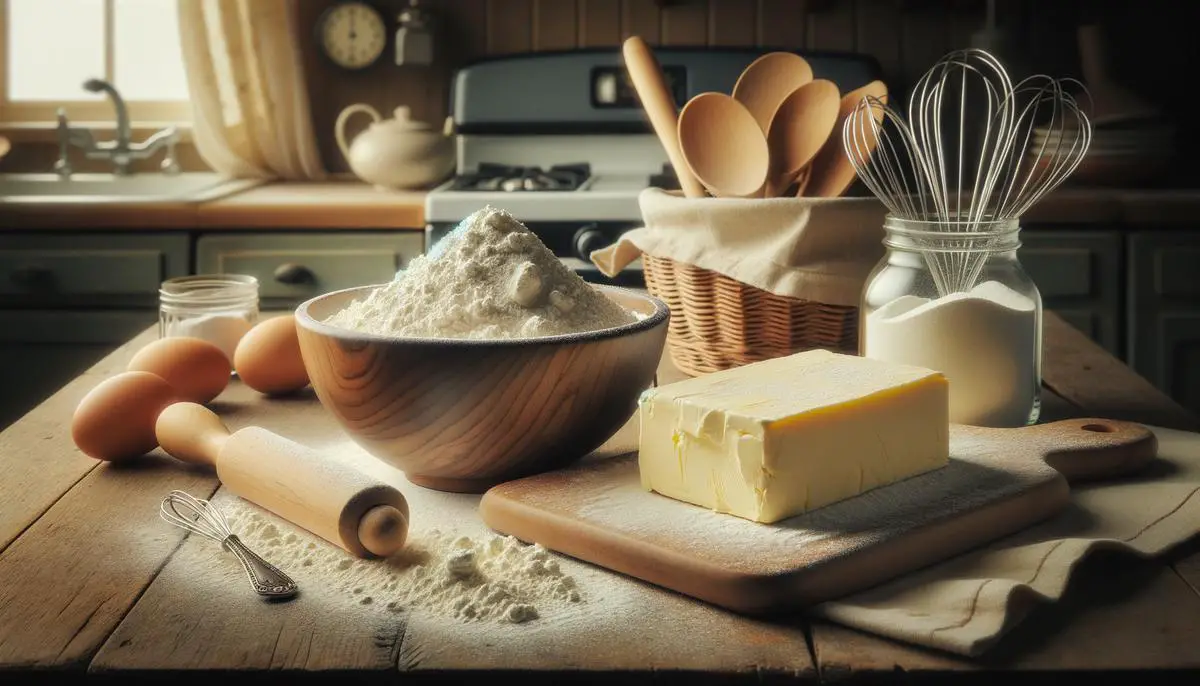
Incorporating Flavors and Colors
Diving right into the world of baking, let’s uncover the wizardry behind adding that burst of flavor and pop of color without compromising on the soft, cloud-like texture we all aim for in our baked treats. It can seem like a tightrope walk, balancing these elements, but with a few tricks up your sleeve, you’ll be whipping up enchanting pastries in no time!
First off, let’s talk about liquid versus gel food coloring. While it’s tempting to reach for that bottle of liquid food color, pause and consider gel food coloring. Why, you ask? Gel food coloring is like the superhero of colors in baking. A tiny amount goes a long way, ensuring you don’t need to add a deluge of liquid that could potentially throw off the moisture balance of your batter or frosting. This means you can achieve those vibrant or pastel shades without altering the texture of your masterpiece.
Moving on, flavor extracts and oils are your best friends for introducing those tantalizing tastes without wreaking havoc on the texture. Extracts are fabulous for a broad stroke of flavor, think vanilla, almond, or lemon. They blend seamlessly into your mixes without adding extra weight. For a more intense flavor punch without the bulk, flavor oils are the go-to. They’re concentrated, so a tiny drop can transform your creations with rich, deep flavors. Remember, it’s all about moderation here; too much of a good thing can lead to overpowering your treats or, worse, adding a bitter aftertaste.
Now, for a bit of unconventional wisdom – freeze-dried fruit powder. Want to add a real fruit flavor boost without the sogginess that comes with fresh fruit? Freeze-dried fruit powders are your secret ingredient. Strawberry powder can turn ordinary buttercream into a berrylicious treat, and mango powder can give your cupcakes a tropical twist. These powders are all flavor, no moisture, ensuring your textures stay true to form.
Lastly, let’s not forget about spices. A dash of cinnamon, a hint of nutmeg, or a touch of cardamom can elevate your baking without compromising texture. Spices weave complexity into your flavors, making each bite a little adventure. Just sprinkle them in as you mix, and watch your baked goods go from ordinary to extraordinary.
In conclusion, adding flavors and colors to your baking doesn’t have to be a texture nightmare. With gel food coloring, flavor extracts and oils, freeze-dried fruit powders, and the strategic use of spices, you’re well on your way to creating texture-perfect, tantalizing treats that are as delightful to look at as they are to eat. So go ahead, experiment and play with these elements. The key to mastering the art of baking is to enjoy the process, learn from each attempt, and never be afraid to try something new. Happy baking!
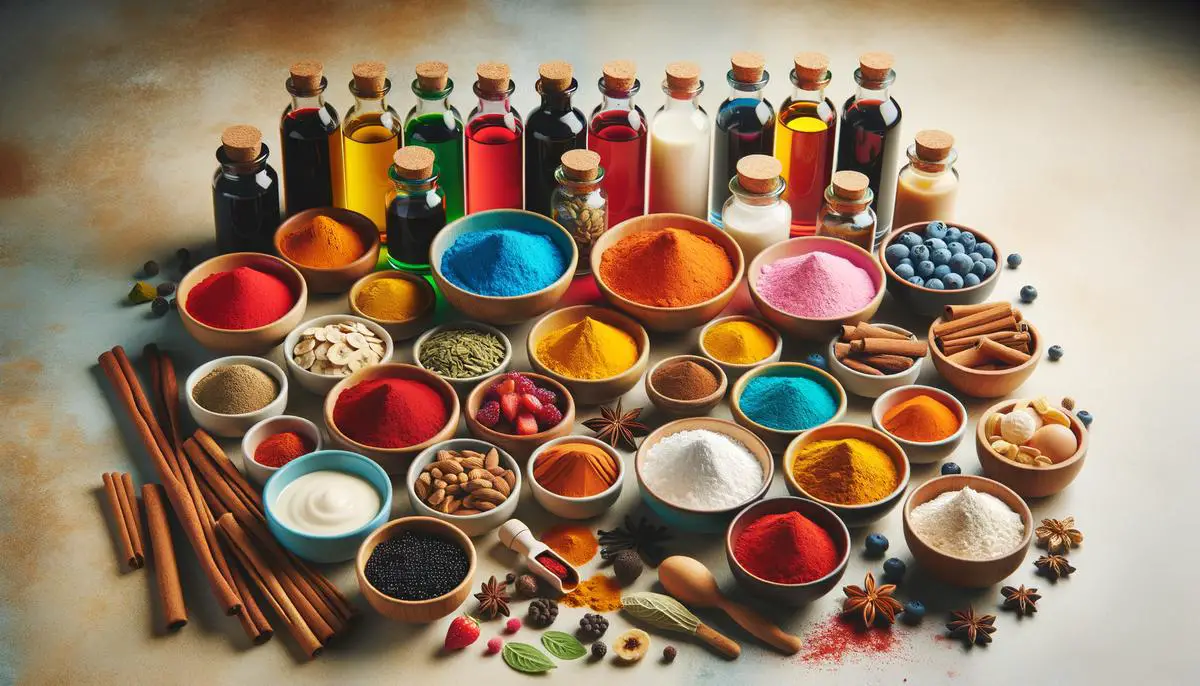
And just like that, you’ve ventured through the enchanted forest of buttercream-making and emerged victorious, armed with the knowledge to conquer the world of flavors and colors. Remember, the journey of a thousand frostings begins with a single step—or, in this case, a single creaming of butter and sugar. You’re now equipped to craft a masterpiece that speaks volumes of your newfound skills. Whether it’s a sun-yellow lemon zest buttercream for a summer cake or a rich almond-flavored frosting for a cozy winter treat, the canvas is yours to paint. Keep experimenting, keep baking, and most importantly, keep sharing the sweetness. Who knows? Your next buttercream creation could be the talk of the town!

